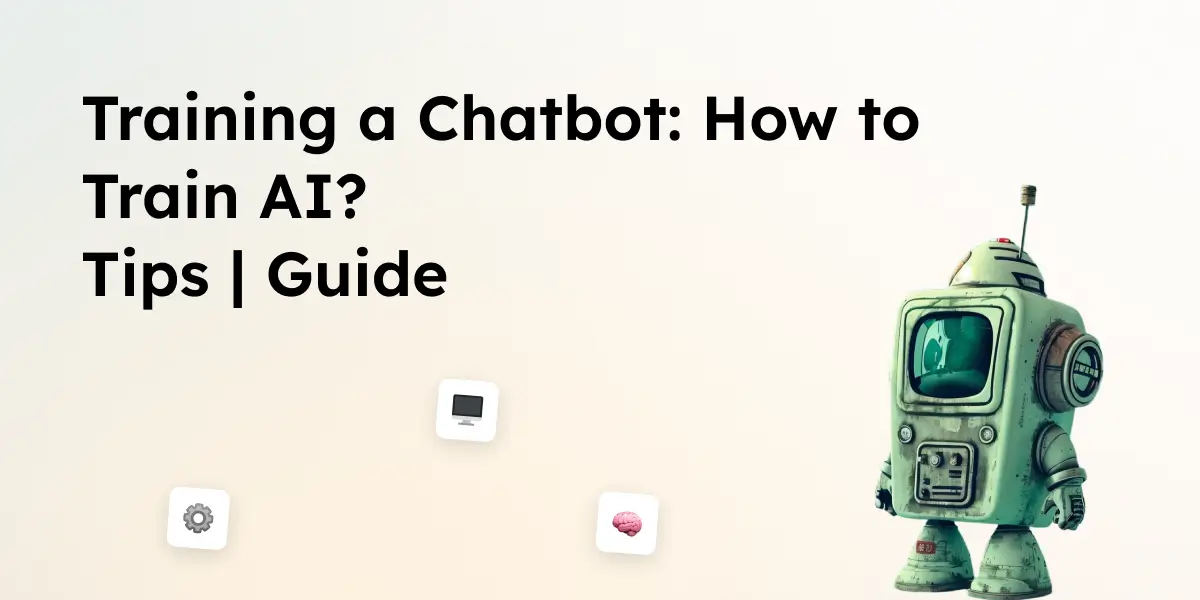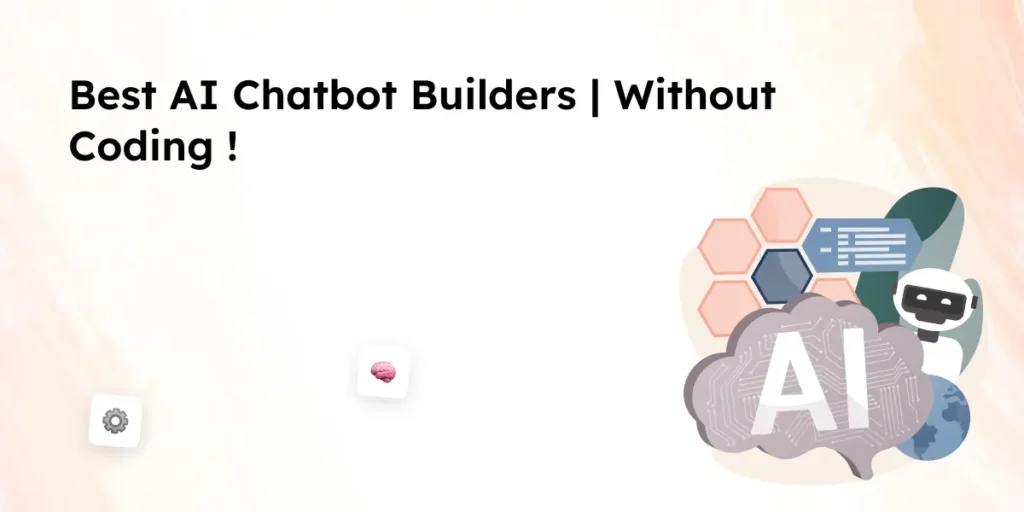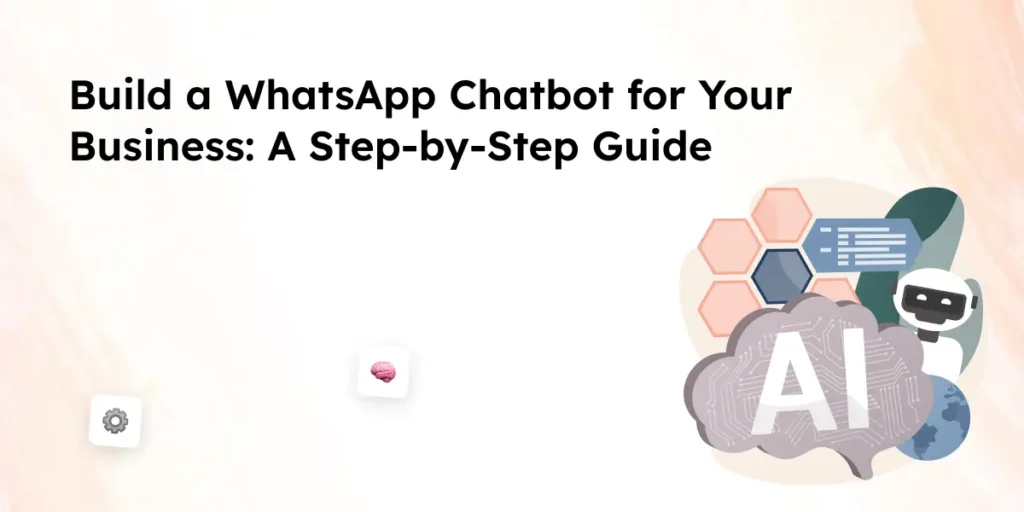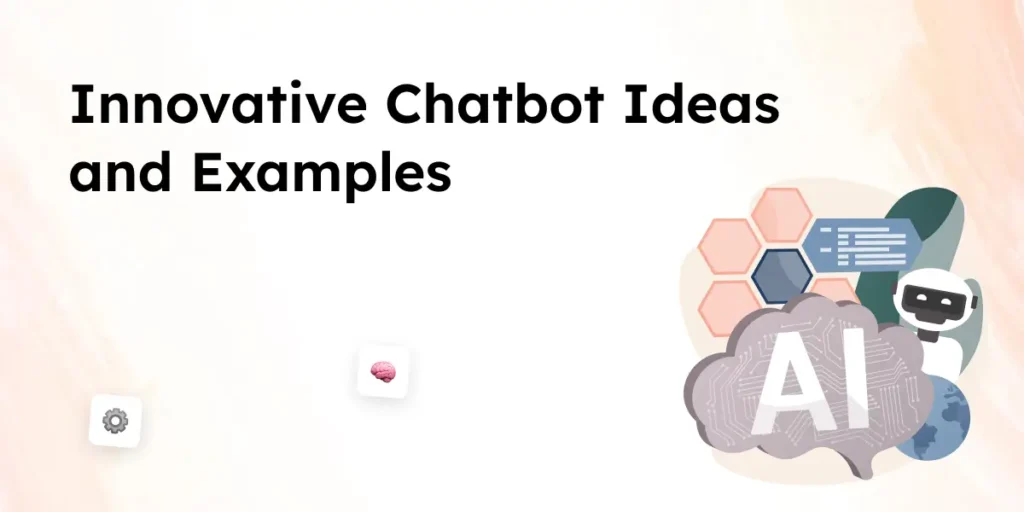Training a chatbot is more than just feeding it data. If it’s not trained well, it will frustrate users with irrelevant or inaccurate responses. A well-trained chatbot, on the other hand, improves customer experience, reduces support tickets, and enhances team productivity.
So, how to train AI chatbot effectively?
This guide covers nine expert tips that will help you create an AI chatbot that understands users, provides accurate answers, and improves over time.
Tips on Training a Chatbot
1. Define the Chatbot’s Purpose
Before training begins, clarify what your chatbot should do. A chatbot without a clear purpose will fail to deliver value.
Questions to Consider
- Will it handle customer support, sales inquiries, or internal operations?
- Should it automate Frequently asked questions, process transactions, or guide users?
- What key performance metrics will determine its success?
For example, an eCommerce chatbot might be designed to:
- Answer product-related questions.
- Help customers track orders.
- Offer personalized product recommendations.
Once the purpose is defined, chatbot training becomes focused and efficient.
2. Collect and Organize Training Data
Chatbots learn from data. The better the data, the smarter the chatbot.
Sources of Training Data
- Customer Support Tickets – Real conversations between agents and customers.
- FAQs & Knowledge Base Articles – Well-structured answers to common queries.
- Live Chat Logs – Direct messages from customers, showing how they phrase questions.
How to Prepare Data
- Remove irrelevant data (e.g., informal chit-chat).
- Categorize queries based on topics (billing, product issues, etc.).
- Identify intent and key entities (e.g., “Where is my order?” → Intent: Order Tracking, Entity: Order Number).
A chatbot trained on well-organized data responds accurately and reduces the need for human intervention.
When training a chatbot for social media, it’s important to incorporate datasets that focus on customer interactions, sentiment analysis, and brand engagement. A well-trained social media chatbot can improve response accuracy and engagement rates. Learn more about how AI chatbots enhance social media interactions.
3. Identify Intents and Entities
Chatbots process language by recognizing intents and entities.
What Are Intents?
An intent is the goal behind a user’s message.
Examples:
- “How much is shipping?” → Intent: Shipping Cost Inquiry
- “Can I return my item?” → Intent: Return Policy Inquiry
What Are Entities?
Entities are specific details in a query.
Examples:
- “Track my order #56789” → Entity: Order Number
- “Book a flight to New York on March 10” → Entities: Destination, Date
Pro Tip: Mapping intents and entities correctly improves chatbot accuracy and ensures it understands different user inputs.
4. Create High-Quality Training Phrases
Users don’t always ask questions the same way. Training phrases help a chatbot understand various ways people express the same intent.
Example: Booking a Hotel
- “I need a hotel in Paris for next weekend.”
- “Find me a place to stay in Paris.”
- “Can you book a hotel for me?”
By training the chatbot on multiple variations, it recognizes different phrasings and delivers better responses.
Avoid robotic responses! Use natural, conversational training data to make interactions feel human-like.
5. Train the NLP Model
Chatbots use Natural Language Processing (NLP) to interpret user messages.
The goal? Understanding intent and extracting relevant details.
Key Steps in NLP Training
- Feed the chatbot with labeled training data (mapped intents and entities).
- Train the AI model to recognize patterns in language.
- Test with sample queries to measure response accuracy.
Fine-Tuning the Model
- Improve accuracy by adding more real-world data.
- Adjust confidence thresholds (so it only answers when it’s sure).
- Use machine learning feedback loops to refine responses.
A strong NLP model makes the chatbot smarter over time. Before training an AI chatbot, it’s important to understand its core features and how they impact learning.
6. Test and Iterate
A chatbot isn’t ready just because it’s trained. Testing is crucial before deployment.
Ways to Test a Chatbot
- Simulated User Conversations – Run test chats with different queries.
- Error Analysis – Identify where the chatbot gives incorrect answers.
- A/B Testing – Compare different chatbot versions for performance.
Common Issues to Fix
- Misunderstood queries.
- Generic or irrelevant answers.
- Lack of contextual understanding.
Testing ensures your chatbot functions properly before users engage with it.
7. Implement Context Management
Chatbots need to remember past interactions to provide seamless conversations.
For example:
- User: “What’s your pricing?”
- Chatbot: “We have three plans: Basic, Pro, and Enterprise.”
- User: “What’s included in Pro?”
- Chatbot: [Remembers context] “The Pro plan includes 24/7 support and API access.”
Without context management, the chatbot might ask, “Which plan are you referring to?”
This breaks the conversation flow.
Good chatbot training includes memory retention for smoother conversations.
8. Monitor Chatbot Performance
Even after launch, chatbot training doesn’t stop. Regular monitoring helps improve its accuracy.
Key Metrics to Track
- Response Accuracy – How often the chatbot gives correct answers.
- User Satisfaction Scores – Feedback from customers.
- Unanswered Queries – Areas where the chatbot needs improvement.
Using AI Analytics Tools
- Chatbase (Google)
- Botpress
- Rasa X
These tools analyze chatbot conversations and highlight where training adjustments are needed.
9. Update and Retrain the Chatbot Regularly
AI chatbots must keep learning to stay effective. New customer questions arise, and old data becomes outdated. To maintain relevance, AI chatbots need to continually adapt to evolving customer needs and preferences. Implementing regular updates and incorporating user feedback is essential for refining their responses. As businesses strive for enhanced customer service, understanding AI chatbots explained will empower organizations to harness their full potential while ensuring a seamless interaction experience for users.
How to Keep Your Chatbot Updated
- Review chatbot logs every week.
- Train with new queries from real customer interactions.
- Adjust responses based on user feedback.
Ongoing training ensures the chatbot remains useful and accurate.
Before training an AI chatbot, it’s important to adhere to proven chatbot techniques for optimal results. Check out our expert insights.
Conclusion
Training a chatbot isn’t a one-time task. It requires:
✅ A clear purpose
✅ High-quality training data
✅ Regular testing and updates
By following these nine expert tips, you’ll develop a chatbot that reduces support tickets, improves efficiency, and delivers a better user experience.
Frequently Asked Questions
It depends on the complexity. A basic chatbot can be trained in a few weeks, while an advanced one with NLP and machine learning might take months. With Converzation AI it takes few minutes to train.
Yes, self-learning AI chatbots analyze past interactions and improve responses using machine learning.
Some popular platforms include:
Converzation AI
Desku
Intercom
Zendesk



